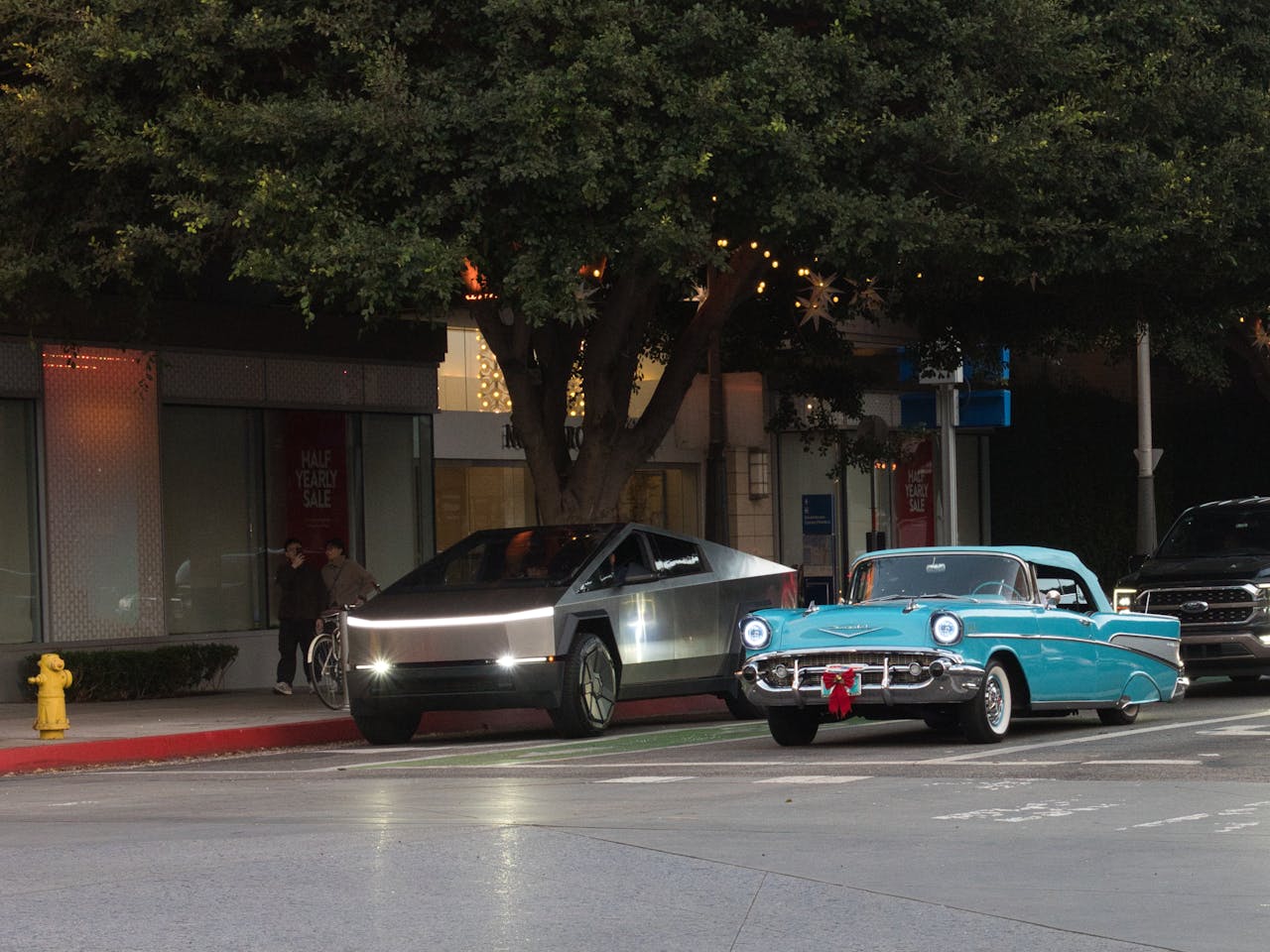Autonomous Electric Cars 2025: Tesla and BYD’s Smart Innovations
As the automotive world races into the future, one fact remains crystal clear: autonomous electric cars are no longer a distant dream but an impending reality. By 2025, we are set to witness a new era where Tesla and BYD lead the charge with groundbreaking innovations. According to BloombergNEF, the autonomous vehicle market is expected to reach $556 billion by 2026, driven by rapid technological advancements and increasing consumer demand for sustainable transportation. In this article, we explore the smart innovations that Tesla and BYD are developing, how they are shaping the future of mobility, and what this means for potential EV buyers.
Tesla’s Pioneering Vision for Autonomous Electric Cars
Full Self-Driving (FSD) Capability
Tesla, a pioneer in electric vehicles, continues to set benchmarks in autonomous driving technology with its Full Self-Driving (FSD) software. The FSD suite promises a fully autonomous driving experience, leveraging advanced sensors and real-time data processing. In recent updates, Tesla’s FSD is equipped to navigate urban streets, recognize traffic signals, and execute complex maneuvers — all without human intervention. Elon Musk anticipates that by 2025, Tesla will achieve Level 5 autonomy, where the vehicle can handle all driving tasks independently.
Battery Innovations and Efficiency
Beyond autonomy, Tesla is revolutionizing battery technology. The introduction of the 4680 battery cell promises significantly enhanced range and efficiency. With a projected range increase of 16% and a 14% reduction in cost per kWh, Tesla’s new batteries are set to redefine performance standards. This advancement means longer drives with shorter charging times, making electric vehicles more accessible and practical for everyday use.
BYD’s Technological Edge in the EV Market
Blade Battery Technology
BYD, a leading Chinese automaker, is making waves with its Blade Battery technology. This innovation is hailed for its safety, longevity, and efficiency. According to EV Database, the Blade Battery has a lifespan of over 1 million kilometers and is resistant to extreme temperatures, significantly reducing the risk of battery fires. As BYD aims to integrate this technology into its autonomous vehicle lineup, it offers a compelling alternative for those prioritizing safety and durability.
Autonomous Driving Systems
BYD’s advancements in autonomous driving are equally impressive. By collaborating with leading AI firms and investing heavily in R&D, BYD is developing a robust autonomous system expected to rival Tesla’s FSD. Their system emphasizes redundancy and failsafes, ensuring reliability in diverse driving conditions. BYD’s commitment to affordability while maintaining cutting-edge technology is a significant draw for consumers worldwide.
Comparing Tesla and BYD: Key Features and Innovations
| Feature | Tesla | BYD |
|---|---|---|
| Autonomy Level | Aiming for Level 5 by 2025 | Developing competitive autonomous systems |
| Battery Technology | 4680 battery cells for increased range and efficiency | Blade Battery for safety and longevity |
| Market Focus | Global with a premium focus | Strong in China, expanding globally with affordability |
| Sustainability Efforts | Gigafactories with renewable energy | Comprehensive recycling programs |
Practical Value: Choosing the Right Autonomous EV
Key Considerations for Buyers:
- Range and Efficiency: Evaluate the range capabilities of the vehicle and how they align with your daily needs. Tesla offers longer ranges, ideal for long-distance travel.
- Safety Features: Consider the safety technologies, like BYD’s Blade Battery, which enhances safety and longevity.
- Autonomous Capabilities: Understand the level of autonomy provided and the reliability of the systems. Tesla’s FSD offers more advanced features, while BYD focuses on affordability and reliability.
- Cost: Analyze the initial investment versus long-term savings from reduced fuel and maintenance costs.
- Charging Infrastructure: Ensure access to reliable charging stations, especially if opting for Tesla, which has an extensive Supercharger network.
Conclusion: Steering Towards a Sustainable Future
In the race towards autonomous electric cars by 2025, Tesla and BYD are at the forefront, each bringing unique strengths to the table. Tesla’s technological prowess and global reach promise a premium, cutting-edge driving experience, while BYD offers a blend of safety, innovation, and affordability. As these giants push the boundaries of what’s possible, consumers stand to benefit from safer, more efficient, and environmentally friendly transportation options. Are you ready to embrace the future of mobility? Stay informed with the latest developments and make a smart choice for a sustainable tomorrow.
As we look ahead, the EV industry is poised for exponential growth, with autonomous vehicles set to transform our roads and lifestyles. Whether you’re an enthusiast or a potential buyer, now is the time to explore the possibilities and join the electric revolution.

